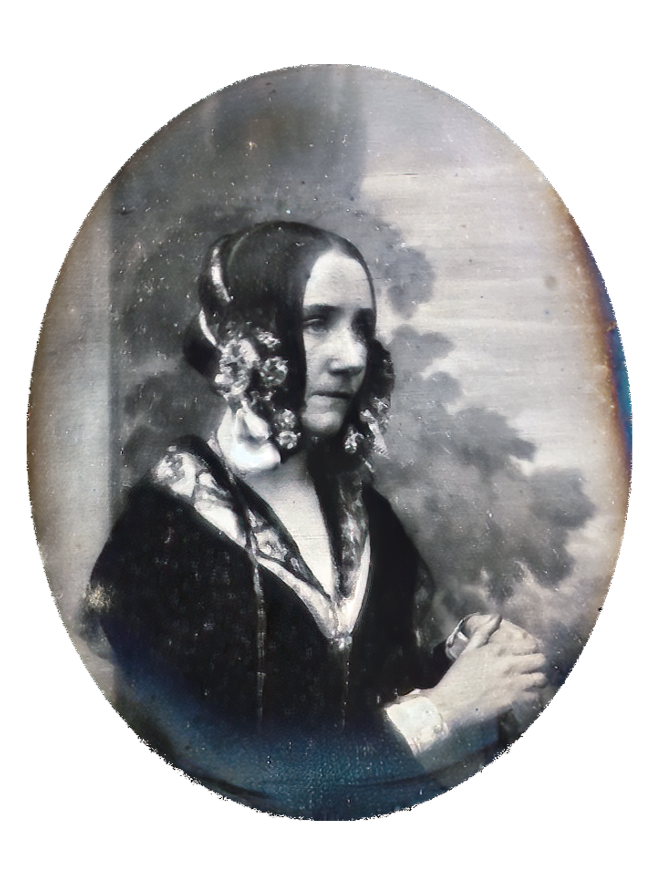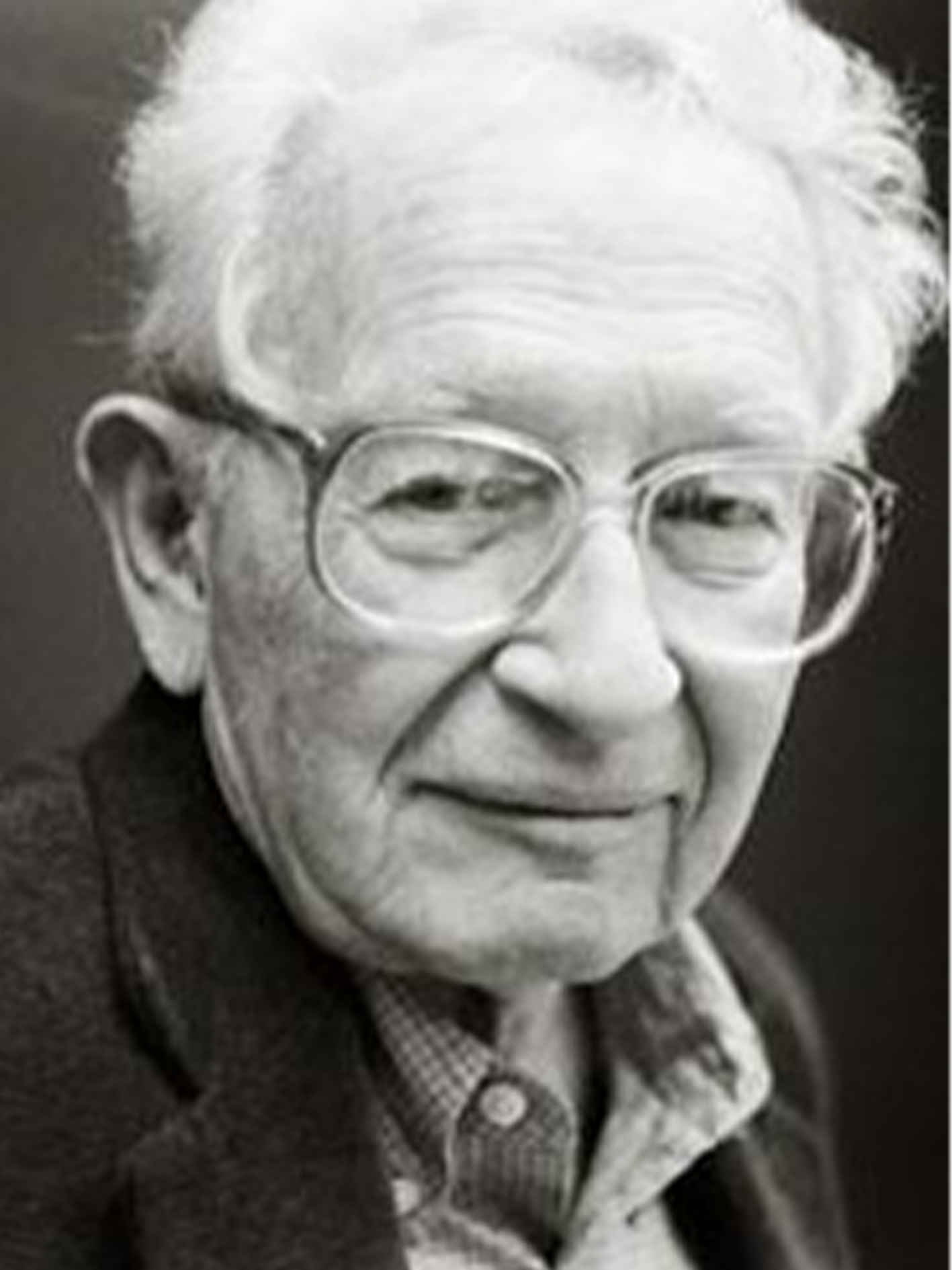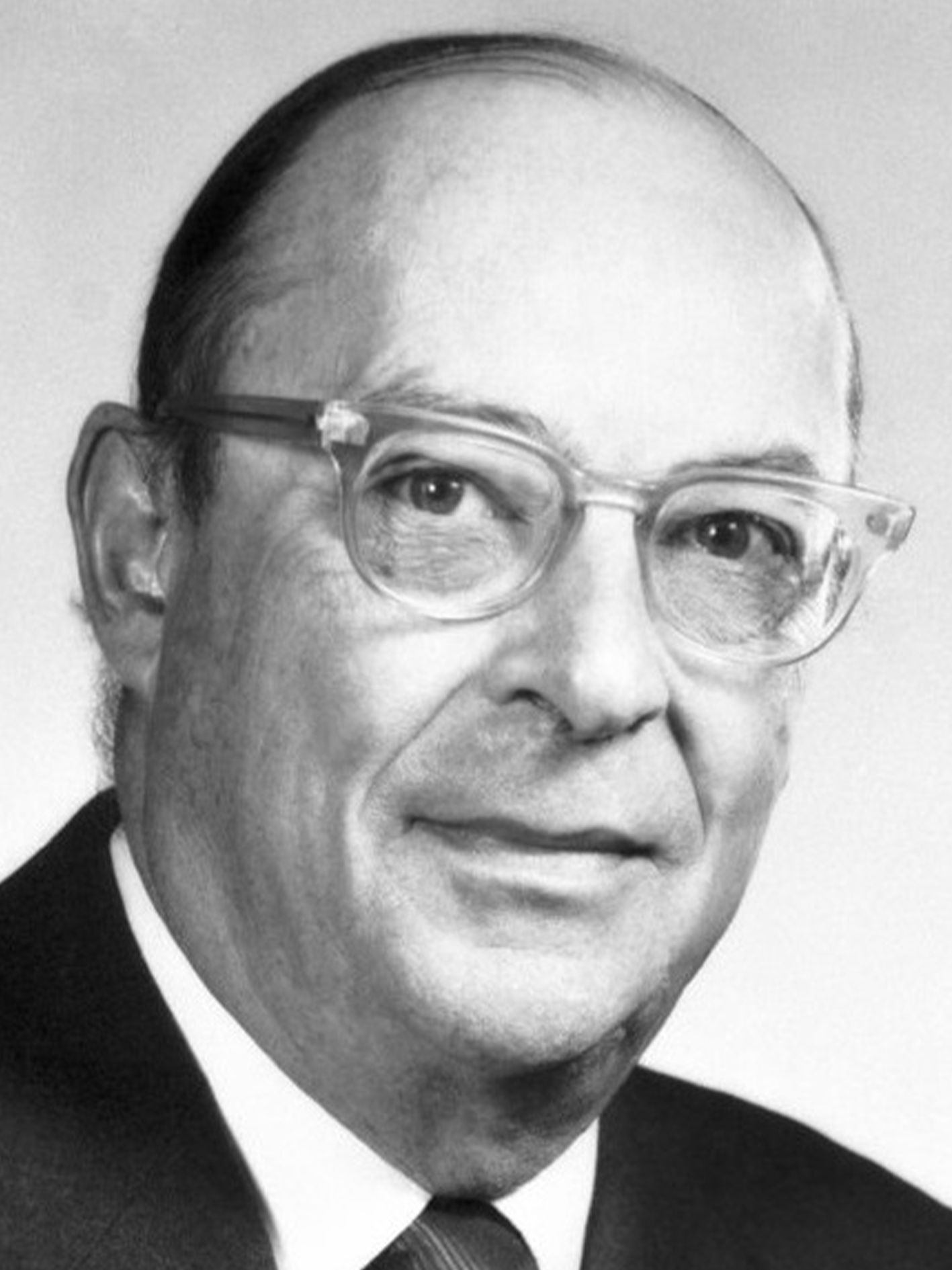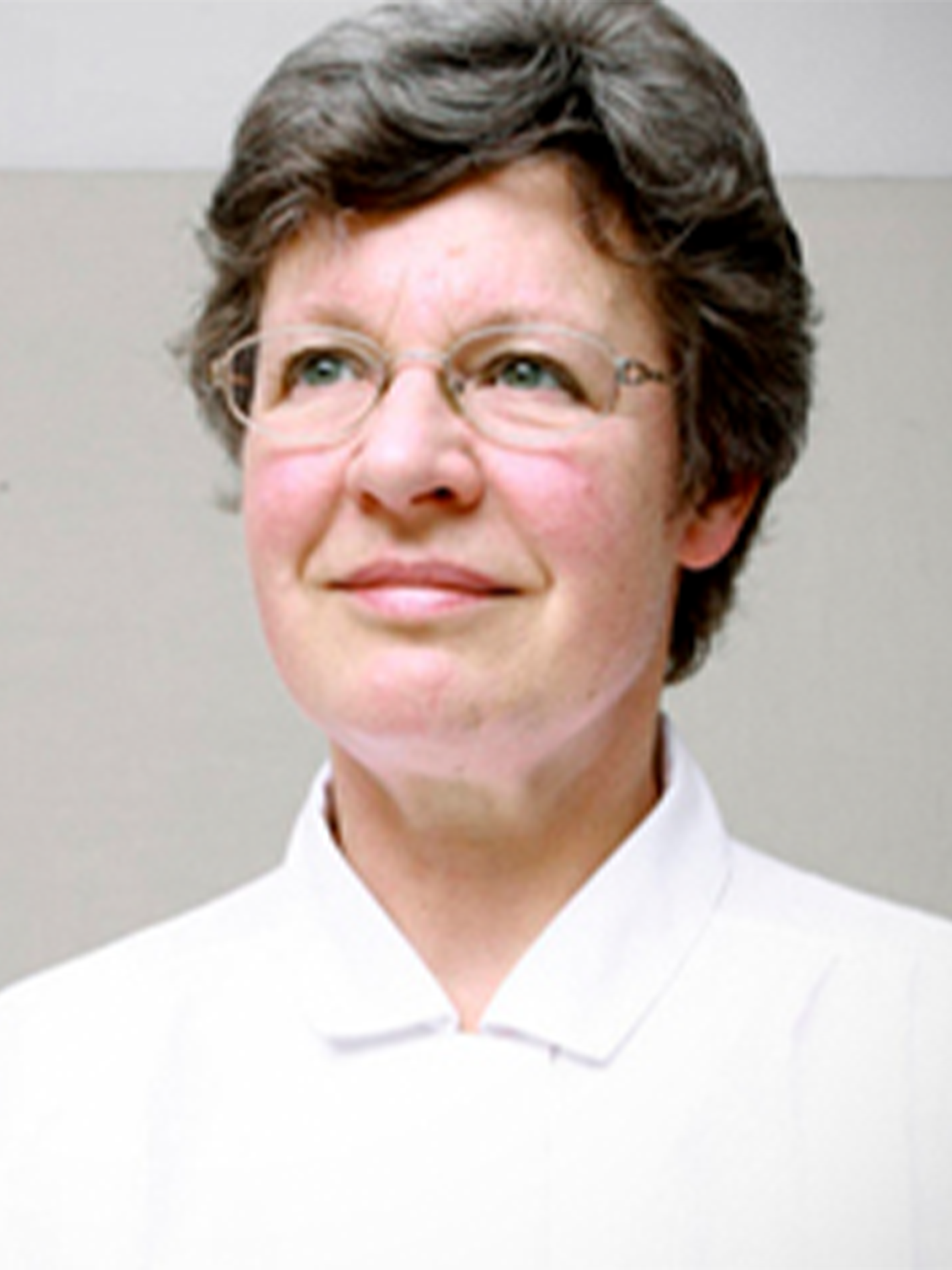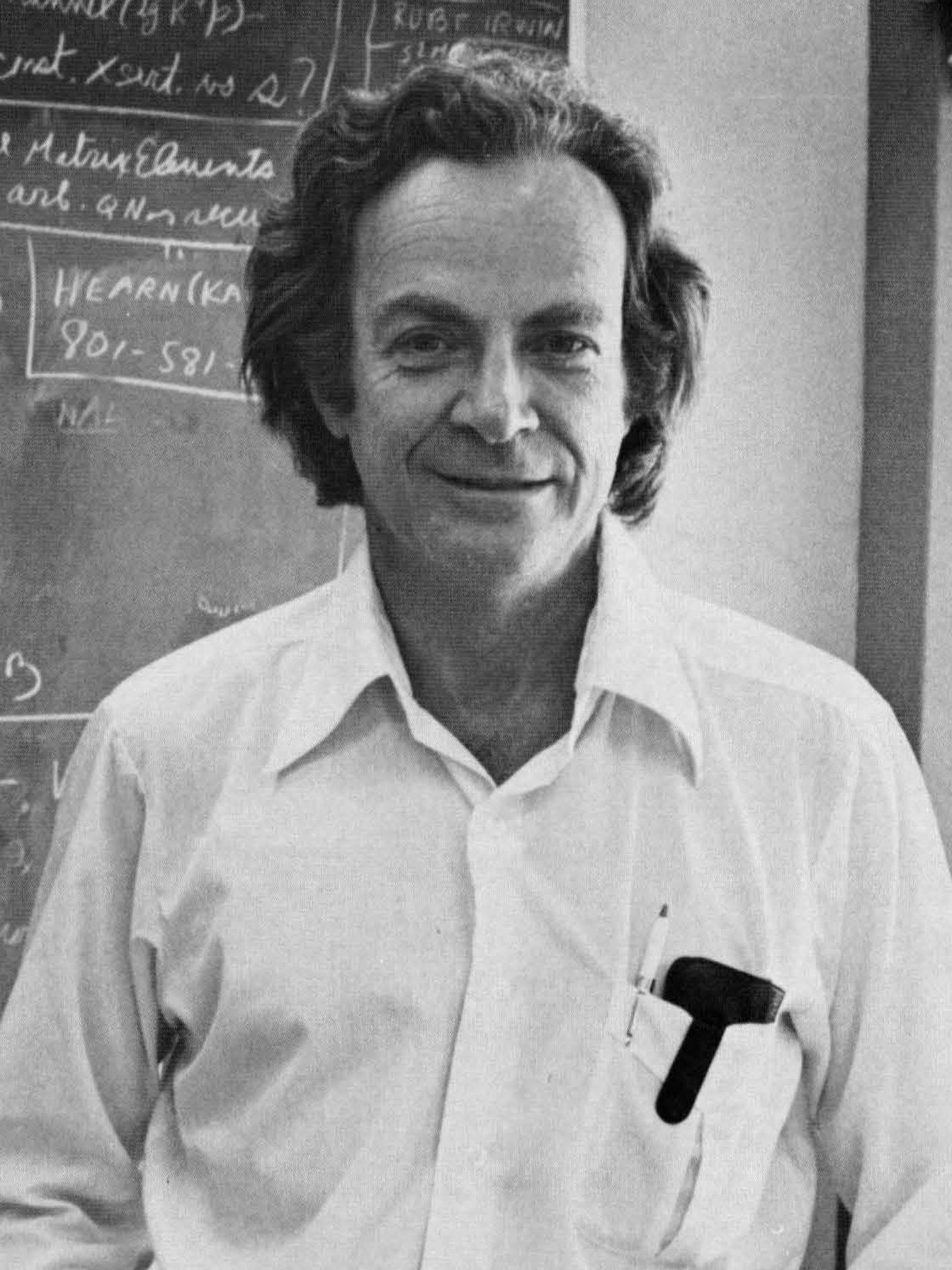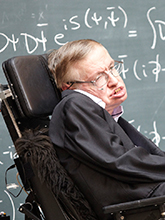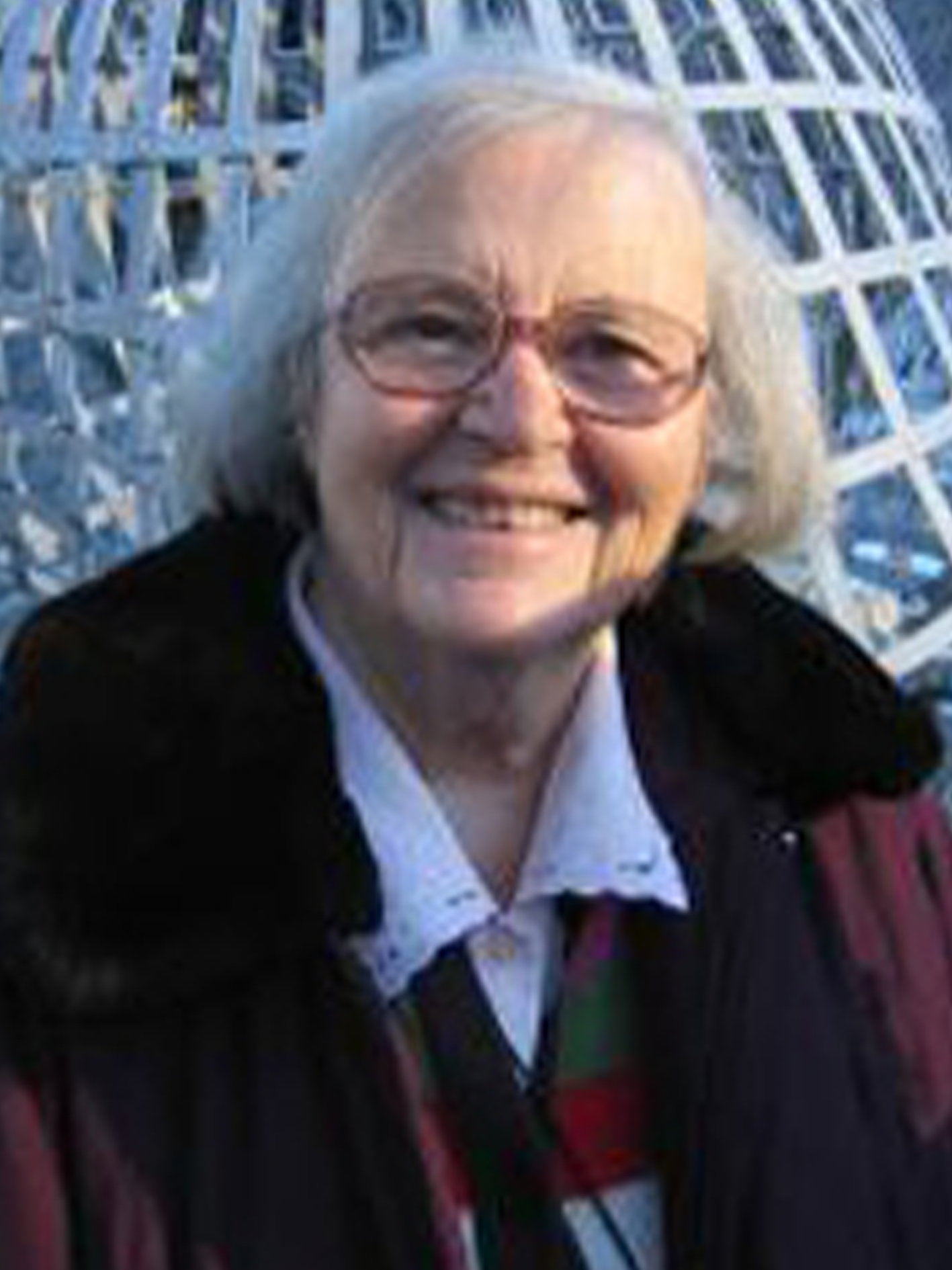Current Named Fellowships
Vera Florence Cooper Rubin was a renowned astronomer whose pioneering research on galaxy rotation rates provided some of the most compelling early evidence for the existence of dark matter. As an outstanding role model for women in science, Rubin was recognized with the Gold Medal of the Royal Astronomical Society, the National Medal of Science, and the Bruce Medal in her lifetime. The next-generation Vera C. Rubin Observatory in Chile is named in her honour. Fellowship Awarded to: Tamara Evstafyeva | |
Ada Lovelace was a nineteenth-century English mathematician. She is a pioneer of the age of computing and stands alongside Charles Babbage as the world’s first computer programmers. Working with Babbage on his ‘Analytical Engine’, Lovelace was the first to realize that the machine might have applications beyond mere calculation, and wrote the first computer program ever to be published. Lovelace’s legacy in computer programming, science, and popular culture continue to be felt in the twenty-first century. Fellowship Awarded to: Zahra Khanian | |
James Peebles is a Nobel-winning Canadian-American theoretical cosmologist who made many groundbreaking contributions to our understanding of the universe, including the formation of light elements and the cosmic microwave background radiation, in the big bang, the formation of galaxies and cosmic structure, characterizing the cosmic dark matter and discovering early evidence for dark energy. His three textbooks are classics in the field. Peebles’ numerous honours include the 2019 Nobel Prize in Physics, the Gold Medal of the Royal Astronomical Society in 1998, the Dirac Medal of the ICTP in 2014, and the Gruber Prize in 2000. Fellowship awarded to: Selim Hotinli | |
Philip W. Anderson is an American condensed matter theorist whose influential work helped shaped the field. Working at Bell Labs, Cambridge, and Princeton, he made contributions to the theories of localization, antiferromagnetism, symmetry breaking, and high-temperature superconductivity. In 1977, he shared the Nobel Prize in Physics for groundbreaking work on semiconductors, superconductivity, and magnetism.
| |
John Bardeen was an American physicist and electrical engineer whose pioneering work revolutionized technology and twice earned him a Nobel Prize in Physics. The first Nobel was in 1956, along with William Shockley and Walter Brattain, for the invention of the transistor. The second was in 1972, along with Leon Cooper and John Schrieffer, for the theory of superconductivity.
| |
Chien-Shiung Wu was a Chinese-American nuclear physicist considered the leading experimentalist of her time. Her revolutionary discovery in 1956 of the violation of parity symmetry in the radioactive decay of atomic nuclei laid the basis for the modern theory of the weak interaction and the Standard Model of particle physics. Her studies of the emission of two back-to-back photons in an entangled state were among the first experiments exhibiting the Einstein-Podolsky-Rosen (EPR) paradox. Wu was a passionate opponent of gender discrimination and an outspoken advocate for human rights. Sometimes known by the nickname of the “First Lady of Physics,” she received the National Medal of Science in 1975 and the inaugural Wolf Prize in 1978. Fellowship awarded to: Cristina Mondino | |
Jocelyn Bell Burnell is a Northern Irish astrophysicist. Her discovery of radio pulsars in 1967 was one of the most significant breakthroughs in modern astronomy and astrophysics. It launched the detailed study of neutron stars which provide one of the cleanest and most extreme natural environments for learning about fundamental physics. An eminent astronomer, she was elected President of the Royal Astronomical Society, the UK Institute of Physics and the Royal Society of Edinburgh. Among her many awards, the most recent is the 2018 Special Breakthrough Prize in Fundamental Physics. Burnell is a passionate advocate for women and minorities in science. Fellowship awarded to: Celine Zwikel | |
Richard Feynman was a renowned American physicist and Nobel laureate known for his contributions to the development of quantum mechanics and quantum electrodynamics, work which played a pivotal role in the development of the atomic bomb during World War II. He also developed a pictorial representation scheme for the mathematical expressions describing the behaviour of subatomic particles, now known as Feynman diagrams. He shared the 1965 Nobel Prize in Physics for his contributions to the development of quantum electrodynamics. Feynman was also a popular lecturer and teacher, known for his innovative approach to problem-solving and his ability to convey complex scientific concepts in a clear and concise manner – including as a member of the panel that investigated the Space Shuttle Challenger disaster. He died in 1988, but his legacy lives on through his many scientific discoveries and his enduring influence on the world of physics. Fellowship awarded to: Changha Choi |
Past Named Fellowships
Yakov B. Zel’dovich was a Belarusian physicist known for prolific contributions to theoretical physics in diverse areas including cosmology, astrophysics, physical chemistry and general thermonuclear, hydrodynamical and electromagnetic phenomena. He significantly advanced our understanding of combustion and detonation, black holes, neutron stars and many other natural systems. Among his pioneering predictions, the Sunyaev-Zel’dovich effect now provides an important observational probe of galaxy clusters. The famous Zel’dovich approximation is likewise a key theoretical tool for understanding the gravitational clustering of dark matter. Zel’dovich was awarded the Gold Medal of the Royal Astronomical Society in 1994. Fellowship held June 2018-May 2023: Zhen Pan | |
Francis Kofi Allotey was a Ghanaian mathematical physicist who made pioneering contributions to soft X-ray nuclear spectroscopy. Professor Allotey mentored many young scientists and led numerous academic and scientific institutions. He founded the Society for African Physicists and Mathematicians and was patron of the African Institute for Mathematical Sciences. He served on the Board of the International Atomic Energy Agency, and on the Scientific Council of the International Centre for Theoretical Physics. The government of Ghana dedicated a postage stamp to him. A CNN documentary on Allotey can be found here: https://www.youtube.com/watch?v=OgIUBEiu7n0 Fellowship held January 2019-December 2021: Estelle Maeva Inack | |
Stephen W. Hawking was an English theoretical physicist who became one of the best known scientists on Earth. His pioneering work on gravity shaped modern cosmology and advanced our understanding of black holes. He proved key theorems about the big bang and black holes. His astonishing finding, that black holes emit radiation, continues to inspire work at the frontier of basic physics. Hawking held the Lucasian Chair of Mathematics at Cambridge for three decades, inspiring millions with his best-selling book A Brief History of Time. Among many honours, he was awarded the Copley Medal of the Royal Society in 2008, the Presidential Medal of Freedom in 2009 and a Special Breakthrough Prize in 2013. Fellowship held October 2020 -September 2022: Ana-Maria Raclariu | |
Yvonne Choquet-Bruhat is a French mathematical physicist best known for her applications of analysis to partial differential equations and differential geometry, needed to provide a rigorous understanding of solutions in physics. In particular, she proved the local existence of solutions to Einstein equations (1951) and the global existence of solutions to the Yang-Mills, Higgs, and Spinor Field Equations in 3+1 Dimensions (1981). She was the first woman to be elected to the French Academy of Sciences, and is a Grand Officer of the French Legion of Honour. Fellowship held October 2019-November 2022: Flaminia Giacomini |


